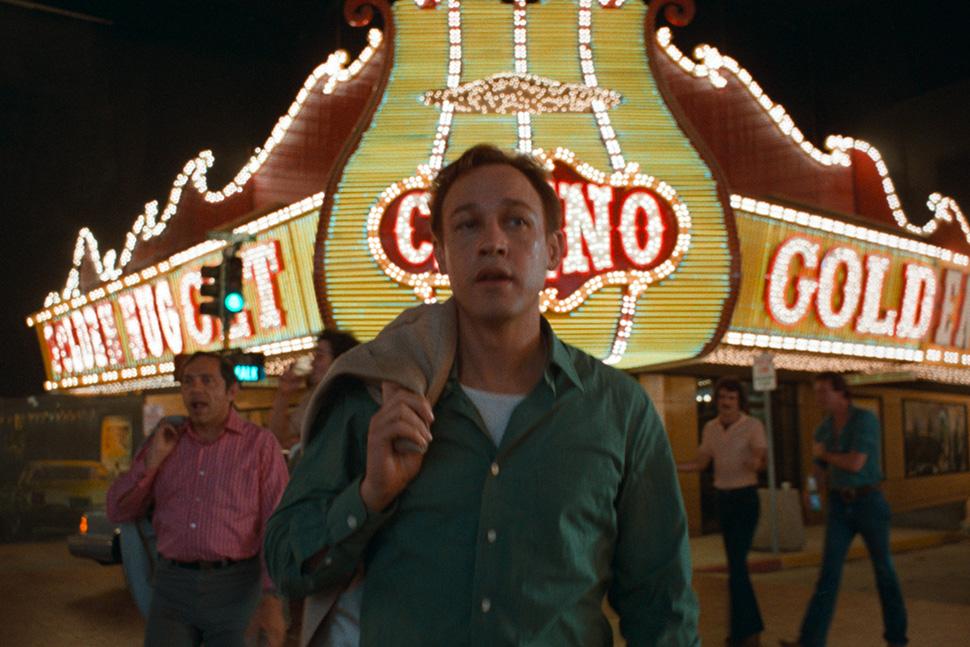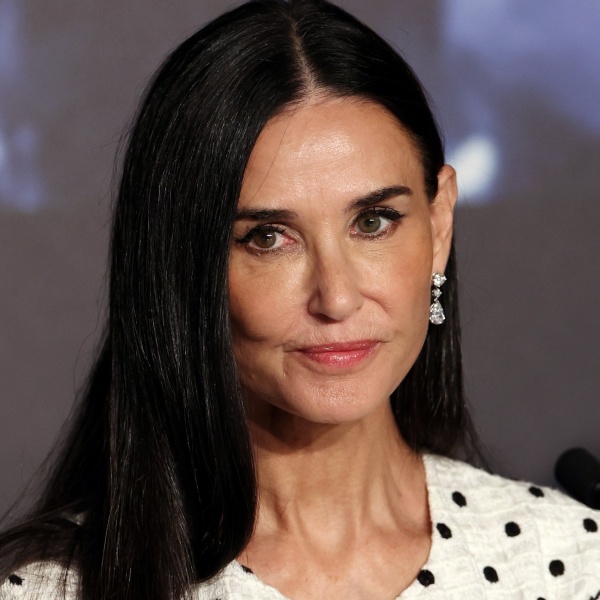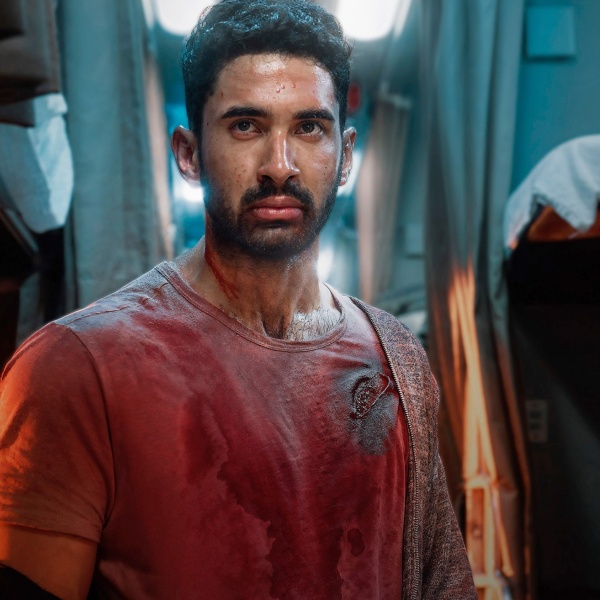If all you knew about Francis Ford Coppola’s epic-scale 1982 musical “One from the Heart” was that it’s reportedly “brain food” for the “Joker” sequel “Folie à Deux”, you might think it was more successful. Coppola’s first film after a decade-long run that included two “Godfathers,” “Apocalypse Now,” and “The Conversation” is a nostalgic musical about two ordinary people trying to rekindle their romance on the outskirts of Las Vegas.
A kitsch throwback in the vein of “New York, New York,” it was an even bigger disaster, and ultimately more ruinous for its director. Costing nearly twice its initial $15 million budget (admittedly not a terrible ratio for Coppola), it grossed only $8 million. Within 18 months, Coppola’s studio was bankrupt and, by 1992, he’d filed for a third time.
A new “refined” cut and 4K-scanned restoration, which premiered at the Venice Film Festival, is a reminder of the technical marvel of “One from the Heart,” and the fruits of its groundbreaking production methods. But its conceptual flaws and indulgences appear in sharper resolution than ever, too. It won’t move the dial on “One from the Heart” or Coppola’s record, one of the most erratic of any filmmaker, even if its cinematography and production design are rightly given another chance to find new admirers.
Hank (Frederic Forrest) and Frannie (Teri Garr) have been together for five years, and the wrinkles are starting to show. On the eve of their anniversary, which falls on the Fourth of July, their gifts for each other expose the differences in their notions of the good life. Frannie wants a trip to Bora-Bora, while Hank wants to fix their fixer-upper home and, ideally, never leave. In a shouting match that results from their realization, they both admit some mild cheating, and Frannie leaves. Hank consoles himself with his buddy Moe (Harry Dean Stanton) and Frannie runs to best friend Maggie (Lainie Kazan), and suddenly their relationship looks like it’s over. Frannie meets Ray (Raul Julia), a waiter with dreams of stardom, and Hank becomes infatuated with street performer Leila (Natassja Kinski).
Describing the plot of “One from the Heart” step by step doesn’t give any sense of how seamlessly events follow another. Hank and Frannie are subconsciously aware of each other’s angst, which Coppola shows us by having one scene play out quite literally behind the other. Its elaborate staging is matched by ingenuous editing: Coppola virtually invented digital storyboarding during the production of “One from the Heart,” with every sequence planned before the shoot using a method he called “electronic cinema.” And “Apocalypse Now” cinematographer Vittorio Storaro and Ronald Víctor García, who would later shoot “Twin Peaks: Fire Walk with Me,” make these early dialogue scenes move like music.
Hank and Frannie’s escapes culminate in a lengthy sequence in which Frannie and Ray lead a flash mob in the middle of the street, casino lights flashing and the road lighting up in time to the music, like a proto-Billie Jean. It’s electric and energetic in a way that “One fom the Heart’s” bluesy sensibility generally avoids. Tom Waits and Crystal Gayle’s soulful soundtrack and score, which blend together nicely, is unfortunately not suited to a movie that could already use a bit of caffeine.
The setting of “One from the Heart” is also a little sterile. In a 1982 featurette that played before the Venice screening, Coppola says he chose Las Vegas because it’s a city where you can be “on top of the world” one minute then in an “alleyway with a black eye” the next. That’s what love feels like, he said, and made Sin City the perfect pick. Sadly, the precarity of Vegas never shines through in “One from the Heart,” largely because Coppola also wanted to show the city in gaudy Old Hollywood glory. Conceiving of the film entirely on Zoetrope’s six sound stages, though key to its singular aesthetic, blunts the nuance with which you can show a place. Love is up and down in “One from the Heart,” but Vegas is pretty static.
Like many of cinema’s most notorious blank check failures, what made “One from the Heart” a failure is also why it’s still worth watching. It’s not difficult to see why audiences might have been a little confused by the fact we can see a dirty sound stage ceiling during that brilliant dance sequence. But it’s the sheer commitment to artificiality that makes “One from the Heart” an important inspiration for the modern musical, even while it stares backward.
Grade: B
“One from the Heart: Reprise” premiered at the 2023 Venice Film Festival.




